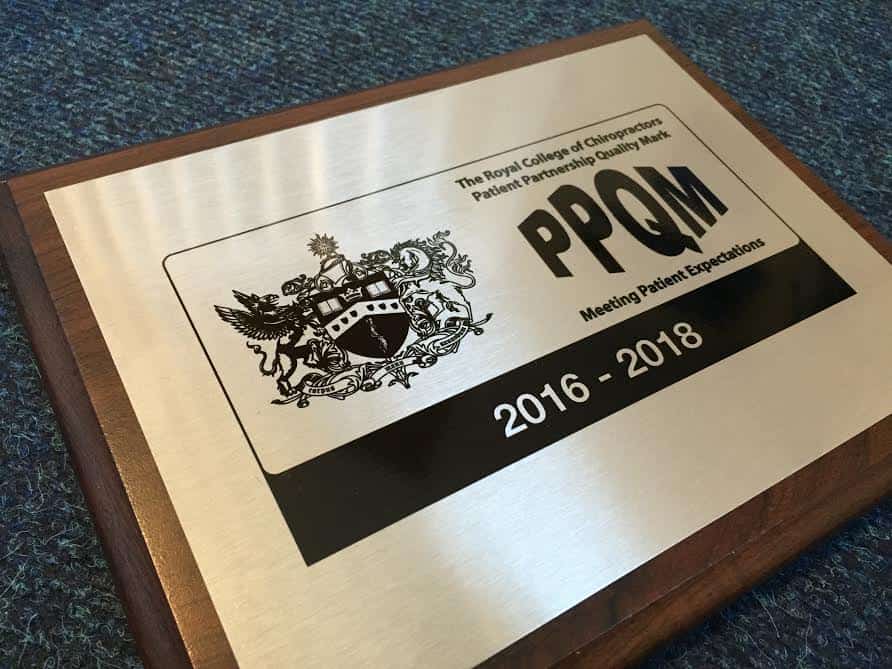Keep moving to halt rise in back pain!
New research finds increasing numbers of people in the South West are suffering from back and neck pain
New research released to mark Chiropractic Awareness Week (9 – 15 April), has found that 47% of people in the South West are currently experiencing back or neck pain, a 15% increase on 2017.
The research, which was carried out by the British Chiropractic Association, found that for sufferers in the South West the top triggers for this pain were;
- Lifting or carrying heavy objects (60%)
- Sitting for long periods of time (52%), and;
- Poor posture (35%)
Notably, incidences of neck and back pain among younger people are also on the rise, with 23% of people in the South West experiencing neck or back pain by age 20.
Principal Chiropractor Simon Rose comments on these findings:
“The BCA’s research findings align with what I see in my clinic on a day to day basis, however it’s particularly interesting that lifting and carrying was the most cited trigger for neck and back pain. It really highlights the importance of maintaining a strong and active body that can move well and cope with the demands you are making of it.
“For those in the South West who are finding that sedentary lifestyles and sitting for long periods are causing them a problem, we would encourage they make a change. We are designed to move and if you hold your body in any position for an extended period of time, it is likely that you will feel pain.
“To help counteract the effects of a sedentary lifestyle, and help prevent back and neck pain occurring, there are a number of simple exercises and small changes you can incorporate into your daily routine. For example, shrugging and circling your shoulders whilst sitting and taking the stairs are easy ways to improve your back health – these may sound simple but I know from my patients that they really work!”
Simon’s top tips to help local residents to prevent and manage neck and back pain are:
- Take a break: When sitting for long periods of time, ensure you stand up and move around every 30 minutes. When at work, also make sure your desk is set up to support a comfortable position. This is different for everyone so if you don’t feel comfortable in your current set up, try altering the height of your chair or screen.
- Keep on moving: Physical activity can be beneficial for managing back pain, however it’s important that if this is of a moderate to high intensity that you warm up and down properly to get your body ready to move! If a previous injury is causing you pain, adapt your exercise or seek some advice. Activities such as swimming, walking or yoga can be less demanding on your body while keeping you mobile!
Other things which you can bear in mind are:
- Lifting and carrying: Remember to bend from the knees, not the waist when lifting heavy items. Face in the direction of movement, and take your time. Hold the object as close to your body as possible, and where you can avoid carrying objects which are too heavy to manage alone, ask for help or use the necessary equipment.
- Sleep comfortably: The Sleep Council recommends buying a new mattress at least every 7 years. Mattresses lose their support over time, so if you can feel the springs through your mattress, or the mattress is no longer level, your mattress is no longer providing the support you need. Everyone has different support requirements, so when purchasing your mattress ensure it is supportive for you. If you share a bed and require different mattress types, consider two single mattresses which are designed to be joined together, to ensure you both get the support you need.
- Straighten Up!: The BCA has created a programme of 3-minute exercises, Straighten Up UK, which can be slotted in to your daily schedule to help prevent back pain by promoting movement, balance, strength and flexibility in the spine.
The BCA recommends that, if you are experiencing pain for more than a few days you should seek professional help, for example from a chiropractor, who can assess you and help you to get moving again without pain. You can book an appointment with us by calling 01452309372















